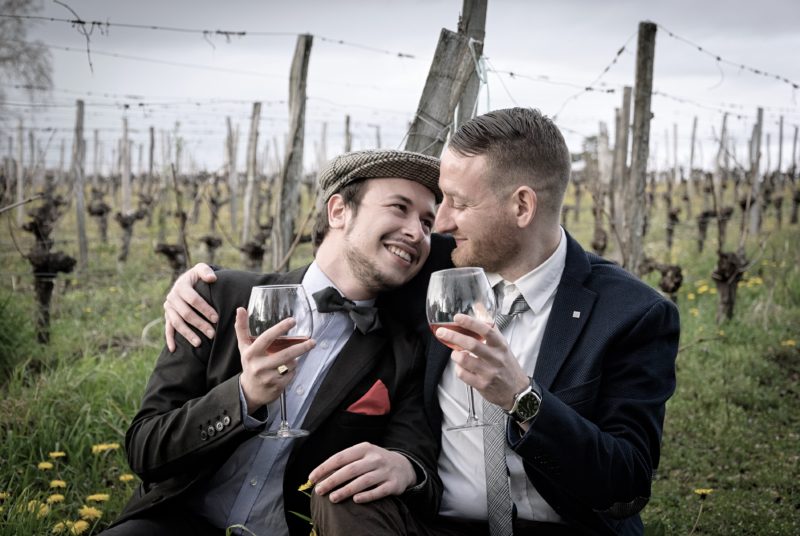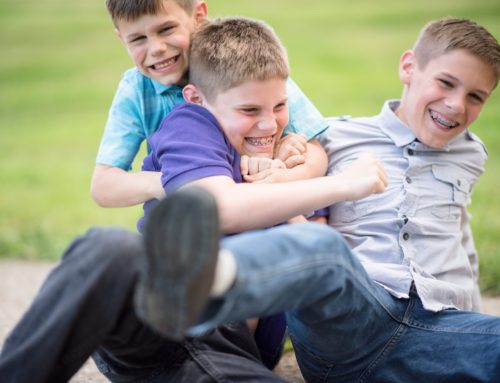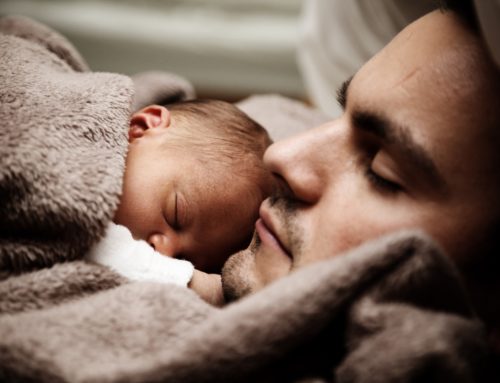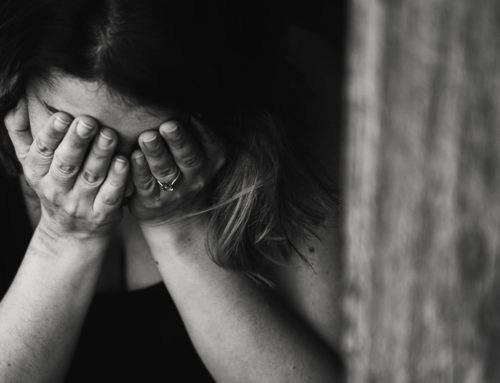Same sex Families
Rainbow and same-sex families come in all shapes and sizes. Children from these families do just as well as children from families where both parents are heterosexual. Nurturing and responsive parenting is the key factor in shaping how children go in life.
About rainbow and same-sex families
Love is what makes a rainbow family, just like love makes any kind of family.
Rainbow families come together in many ways, just as many other families do – through fostering, adoption, surrogacy, blending families from previous relationships and so on.
And rainbow families have all kinds of parenting and family arrangements, just as all families do. That is, rainbow families might have one or two parents, parents who live together and parents who don’t, children who move between two homes and so on.
Rainbow families have varying cultural backgrounds, earn varying amounts of money, live in urban, suburban and regional parts of Australia – they’re as similar and different as non-rainbow families.
Rainbow families are families where at least one parent is lesbian, gay, bisexual, transgender or intersex. Rainbow families include same-sex families and gender-diverse families.
Children in rainbow and same-sex families
There’s been a lot of research into how children do in families headed by gay or lesbian couples.
The research is clear: children raised in families with gay or lesbian parents are as healthy and feel as good about themselves as children raised in families with heterosexual parents. In other words, your sexual orientation doesn’t affect your children’s social skills, learning or academic ability, behaviour or happiness.
What matters to children is what their parents do. Children do well when they have parenting that’s nurturing, warm, sensitive, responsive and flexible.
Your ability to raise your children with love, warmth and responsiveness isn’t related to your age, gender identity, sexual orientation or biological relationship to children. Gay and lesbian parents are no different from heterosexual parents in their parenting skills, strengths and abilities.
Also, research with children of parents who’ve transitioned gender shows that these children also cope well, do as well as other children, and mostly have positive and happy relationships with their parents.
Questions about research
A few studies have suggested that there are problems with the research into same-sex families. Although individual studies might have some limitations, overall the research findings are very consistent. This suggests that the research is reliable.
Parents in rainbow and same-sex families are like all parents – when they have support and feel like they belong in their communities, they can parent more effectively and their children do better. Read more about supporting and including rainbow families in your community.
Challenges for rainbow and same-sex families
All parents experience challenges as their children grow and develop. Parents in rainbow and same-sex families face the same challenges as other parents. But parents in rainbow families can face some unique challenges, like discrimination or a lack of understanding of their needs.
Becoming parents
Same-sex and gender-diverse people can face challenges in becoming parents. They might have concerns about assisted reproductive technologies, surrogacy laws, or opportunities for adoption and fostering.
Legal rights and entitlements
Parents in rainbow and same-sex families might be worried about their legal rights and entitlements. For example, if they have children from a previous relationship, they might be concerned about custody issues just like other parents, but they might also be worried that their sexual orientation or gender identity might affect custody.
Discrimination
Parents in diverse families might be worried that they, their family or their children will experience discrimination. For example, they might be concerned about discriminatory attitudes within their own families or communities. They might also have concerns about the attitudes of professionals like health care providers, child care providers and teachers.
Discrimination can be overt, like violence or threats. But it can also be subtle, like service providers assuming that families have two heterosexual parents. This means that same-sex families have to ‘come out’ every time they talk to service providers.
Children’s experiences
Having same-sex parents can sometimes make it more likely that children will experience teasing or bullying. But this can depend on how accepting the community is of same-sex relationships. Building children’s resilience can help them cope better if they do experience bullying.






